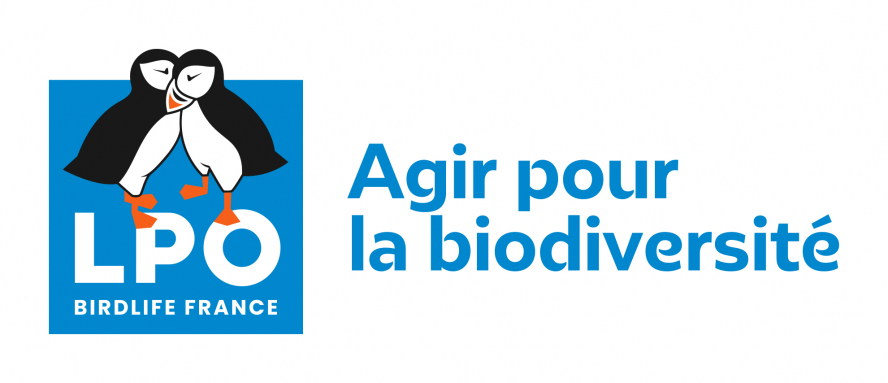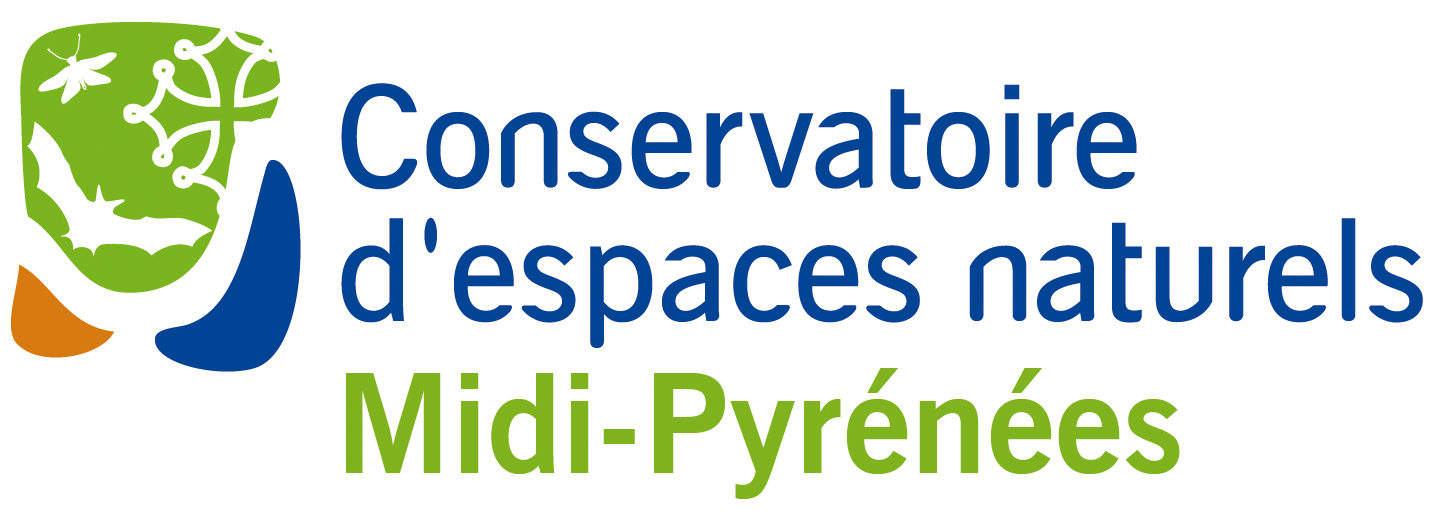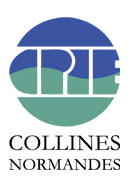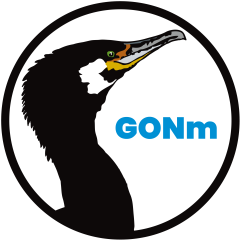- 558 observations
-
125
communes -
80
observateurs
29
organismes -
Première observation
1900 -
Dernière observation
2025
Athis-Val de Rouvre - Aubry-le-Panthou - Avernes-Saint-Gourgon - Avoine - Bagnoles de l'Orne Normandie - Bailleul - Banvou - Barville - Beaulieu - Beauvain - Belforêt-en-Perche - Bellavilliers - Bellou-en-Houlme - Bellou-le-Trichard - Bretoncelles - Briouze - Buré - Canapville - Carrouges - Chailloué - Champcerie - Champosoult - Champsecret - Charencey - Chaumont - Ciral - Comblot - Corbon - Domfront en Poiraie - Écouché-les-Vallées - Écouves - Essay - Feings - Flers - Fleuré - Francheville - Gandelain - Gouffern en Auge - Igé - Joué-du-Bois - Juvigny-sur-Orne - Juvigny Val d'Andaine - La Bellière - La Chapelle-au-Moine - La Chapelle-Montligeon - La Chapelle-Viel - La Coulonche - La Ferrière-au-Doyen - La Ferrière-Béchet - La Ferrière-Bochard - La Ferté-en-Ouche - La Ferté Macé - Lalacelle - La Lande-de-Goult - Le Cercueil - Le Grais - Le Mage - Le Ménil-Broût - Le Ménil-de-Briouze - Le Pas-Saint-l'Homer - Les Champeaux - Les Monts d'Andaine - Les Ventes-de-Bourse - L'Hôme-Chamondot - Longny les Villages - Lonlay-l'Abbaye - Lonlay-le-Tesson - Lonrai - L'Orée-d'Écouves - Magny-le-Désert - Marchemaisons - Mauves-sur-Huisne - Ménil-Erreux - Ménil-Gondouin - Moncy - Mortagne-au-Perche - Mortrée - Moulins-sur-Orne - Moutiers-au-Perche - Neauphe-sous-Essai - Neuville-sur-Touques - Nonant-le-Pin - Occagnes - Orgères - Perche en Nocé - Perrou - Pervenchères - Rémalard en Perche - Rives d'Andaine - Roiville - Sablons sur Huisne - Saint-André-de-Briouze - Saint-André-de-Messei - Saint-Aubin-d'Appenai - Saint-Bômer-les-Forges - Saint-Denis-sur-Sarthon - Sainte-Honorine-la-Guillaume - Saint-Evroult-Notre-Dame-du-Bois - Saint-Germain-de-Clairefeuille - Saint-Germain-le-Vieux - Saint-Gervais-des-Sablons - Saint-Gervais-du-Perron - Saint-Hilaire-de-Briouze - Saint-Hilaire-le-Châtel - Saint-Langis-lès-Mortagne - Saint-Léger-sur-Sarthe - Saint-Mard-de-Réno - Saint-Martin-des-Landes - Saint-Martin-du-Vieux-Bellême - Saint-Martin-l'Aiguillon - Saint-Nicolas-des-Bois - Saint-Patrice-du-Désert - Saint-Philbert-sur-Orne - Saint-Pierre-la-Bruyère - Saint-Sulpice-sur-Risle - Sarceaux - Sées - Soligny-la-Trappe - Tanques - Tanville - Ticheville - Tinchebray-Bocage - Tournai-sur-Dive - Tourouvre au Perche - Vimoutiers
-
PNR du Perche
Participation à 154 Observations
Part d'aide à la prospection : 27.60 %
Fiche organisme
-
Ministère de la Transition écologique et de la Cohésion des territoires
Participation à 145 Observations
Part d'aide à la prospection : 25.99 %
Fiche organisme
-
DREAL Centre-Val de Loire
Participation à 124 Observations
Part d'aide à la prospection : 22.22 %
Fiche organisme
-
UMS PatriNat (OFB-CNRS-MNHN)
Participation à 102 Observations
Part d'aide à la prospection : 18.28 %
Fiche organisme
-
Muséum national d'Histoire naturelle (MNHN)
Participation à 98 Observations
Part d'aide à la prospection : 17.56 %
Fiche organisme
-
Conseil départemental de l'Orne (bureau ENS)
Participation à 53 Observations
Part d'aide à la prospection : 9.50 %
Fiche organisme
-
Société d'études ornithologiques de France (SEOF)
Participation à 49 Observations
Part d'aide à la prospection : 8.78 %
Fiche organisme
-
Association Faune & Flore de l'Orne (AFFO)
Participation à 40 Observations
Part d'aide à la prospection : 7.17 %
Fiche organisme
-
PNR et géoparc mondial UNESCO Normandie-Maine
Participation à 37 Observations
Part d'aide à la prospection : 6.63 %
Fiche organisme
-
Eole Champagne Conlinoise
Participation à 30 Observations
Part d'aide à la prospection : 5.38 %
Fiche organisme
-
Système mondial d’information sur la biodiversité (GBIF)
Participation à 12 Observations
Part d'aide à la prospection : 2.15 %
Fiche organisme
-
Bureaux d'études & consultants
Participation à 7 Observations
Part d'aide à la prospection : 1.25 %
Fiche organisme
-
Office national des forêts (ONF)
Participation à 6 Observations
Part d'aide à la prospection : 1.08 %
Fiche organisme
-
Conservatoire d'espaces naturels de Midi-Pyrénées (CEN MP)
Participation à 5 Observations
Part d'aide à la prospection : 0.90 %
Fiche organisme
-
Habitants-bénévoles
Participation à 4 Observations
Part d'aide à la prospection : 0.72 %
Fiche organisme
-
Peter Stallegger (Consultant Environnement)
Participation à 4 Observations
Part d'aide à la prospection : 0.72 %
Fiche organisme
-
Naturalia-Environnement
Participation à 3 Observations
Part d'aide à la prospection : 0.54 %
Fiche organisme
-
Conseil départemental de l'Orne
Participation à 3 Observations
Part d'aide à la prospection : 0.54 %
Fiche organisme
-
INTERVIA ETUDES
Participation à 3 Observations
Part d'aide à la prospection : 0.54 %
Fiche organisme
-
Champ éolien des Plaines du Dunois
Participation à 2 Observations
Part d'aide à la prospection : 0.36 %
Fiche organisme
-
Enertrag Normandie I
Participation à 1 Observation
Part d'aide à la prospection : 0.18 %
Fiche organisme
-
Thema Environnement
Participation à 1 Observation
Part d'aide à la prospection : 0.18 %
Fiche organisme
-
CPIE Collines normandes
Participation à 1 Observation
Part d'aide à la prospection : 0.18 %
Fiche organisme
-
Écosphère, bureau d'études en environnement
Participation à 1 Observation
Part d'aide à la prospection : 0.18 %
Fiche organisme
-
IEL Exploitation 74
Participation à 1 Observation
Part d'aide à la prospection : 0.18 %
Fiche organisme
-
Groupe Ornithologique Normand (GONm)
Participation à 1 Observation
Part d'aide à la prospection : 0.18 %
Fiche organisme
-
SUEZ RV NORMANDIE
Participation à 1 Observation
Part d'aide à la prospection : 0.18 %
Fiche organisme
Informations espèce
Plutôt que les boisements matures, il apprécie les milieux arbustifs et de transition avec des habitats plus ouverts. Son opportunisme lui permet de coloniser des milieux riches en insectes mais évoluant rapidement : clairières et coupes forestières, jeunes saulaies et bétulaies…
Le Pouillot fitis se nourrit d’insectes et d’araignées, ainsi que de baies à l’automne. Les arthropodes sont capturés essentiellement sur les feuilles, les rameaux et les branches.
L’espèce est généralement monogame mais il arrive qu’un mâle s’accouple avec 2 ou 3 femelles. Cette polygynie est favorisée par une période de reproduction allongée, la capacité à effectuer rapidement une ponte de remplacement, la tolérance mutuelle des femelles et leur capacité à élever seules leur progéniture. La formation des couples a lieu sur les sites de reproduction, où le mâle arrive avant la ♀ au printemps. Il ne participe pas à l’incubation et peu au nourrissage.
Le nid est au sol, bien caché dans la végétation, ou plus rarement dans un arbre. C’est une structure en dôme, faite d’herbes sèches, de tiges et feuilles, de mousses et lichens, d’aiguilles de conifères et de lambeaux d’écorce. La ponte de 4 à 8 œufs (extrêmes 3 et 9) débute à la fin avril. L’incubation dure 12 à 14 jours et l’envol se fait à l’âge de 2 semaines. Les 2es couvées sont peu fréquentes.
Source : fiche descriptive, INPN
G1 : Forêts de feuillus caducifoliés
G5 : Alignements d'arbres, petits bois anthropiques, boisements récemment abattus, stades initiaux de boisements et taillis
Répartition actuelle en France métropolitaine
© INPN - Avertissement : les données visualisables reflètent l'état d'avancement des connaissances et/ou la disponibilité des données existantes au niveau national : elles ne peuvent en aucun cas être considérées comme exhaustives.
Répartition actuelle dans le monde
Avertissement : les données visualisables reflètent l'état d'avancement des connaissances et/ou la disponibilité des données existantes au niveau mondial : elles ne peuvent en aucun cas être considérées comme exhaustives.


















